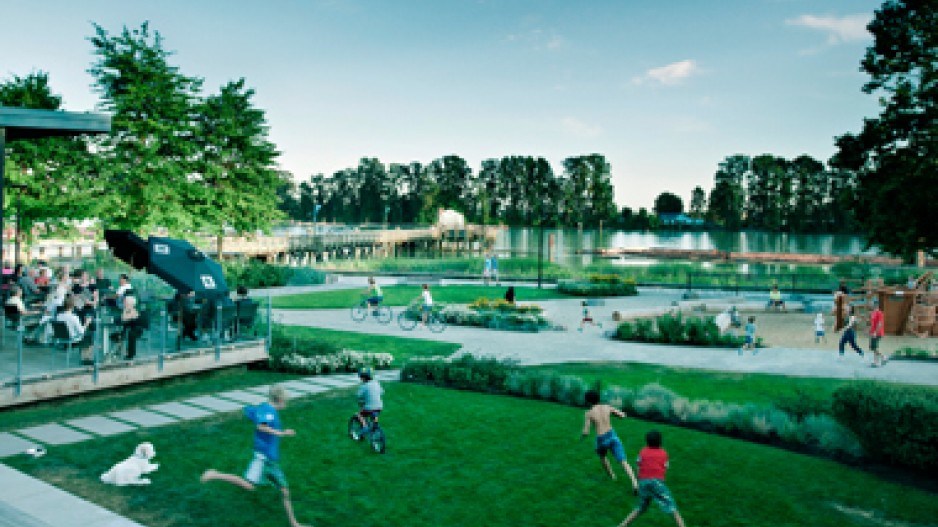Safe harbour
A month ago, a representative of Abingdon Research Ltd. in Ottawa called me, looking for opinions regarding issues of concern in the community. It’s election season, I thought, as the caller pleaded being short his quota of respondents. The call went on.
But the questions that followed had less to do with politics than with Port Metro Vancouver and its development plans: How important is the port to the local economy? What do I think about tanker traffic in Burrard Inlet? How do I feel about plans for a new vehicle route serving the port? And the pièce de résistance (for a journalist): How trustworthy are statements from the port?
The call came to mind during a panel discussion the B.C. chapter of the Urban Land Institute (ULI) hosted in Vancouver on May 2 regarding the intensification of industrial land uses.
While there’s general consensus that industrial land needs to be better managed if the existing supply is to be available beyond 2025, there is little consensus regarding just how much of it actually exists.
Metro Vancouver general manager Delia Laglagaron told the ULI audience that the region has approximately 6,000 acres of vacant industrial land, but Colliers International executive vice-president Stuart Morrison reported that sites suitable for the warehouse and logistics companies that constitute the region’s primary industrial users need sites of five acres or more. Of these, just 1,093 acres are available for development within the next two years.
To make that limited supply go further, Port Metro Vancouver planning manager Greg Yeomans said the port is planning to intensify the use of its existing properties as well as making sure it secures sites for future development.
“It means increasing throughput, but in the existing footprint of the port,” he said. “It means getting more out of our transportation networks, and using technology to improve efficiencies. It means increasing operating hours in many cases, and prioritizing land uses – essentially, getting the best sites on the waterfront and reserving the best possible uses in support of Canada’s trade.”
Small wonder the caller from Abingdon was trying to get a handle on public opinion. Greater road traffic and longer port operating hours could disturb the neighbours.
But standing up for industrial land will involve the entire community, Yeomans said.
“It’s going to take the collective will of the municipalities, industry, everybody in this room and others, to keep what we have left so we can meet the demands of the growing economy and provide the jobs that we’re going to need in the future.”
What’s on last?
Anyone familiar with real estate in Vancouver knows the rhetoric: Buy now or lose your chance forever.
Greg Yeomans of Port Metro Vancouver is feeling the angst occasioned by loss acutely these days, telling the Urban Land Institute that well-placed industrial sites have too often been edged out by other uses.
“Most of that land is probably gone for consideration for industrial use forever,” he said.
The sense of finality has been emphasized in the marketing campaigns for the residential projects that now occupy many former industrial sites.
Remember the original pitch for Millennium Water, now known as the Village on False Creek? “Vancouver’s Last Waterfront Community,” according to Rennie Marketing Systems.
That was in 2007, a year before Magnum Projects Ltd. began marketing Three Harbour Green, Aspac Developments Ltd.’s exclusive tower, “on the last available waterfront property” in Coal Harbour.
More recently, in June 2011, ParkLane Homes Ltd. and Polygon Homes Ltd. cut the ribbon for River District – a community on “Vancouver’s last waterfront.”
Vancouver mayor Gregor Robertson’s comments at the time honoured the site’s history but also underscored the uphill battle facing those who want to ensure a stable supply of industrial land.
“The river … made possible the industrial development and growth that was pivotal in the shaping of this city,” Robertson said. “The evolution of this site really mirrors the changes we’ve seen right across the city and it serves as a marker for where we are going as a city.” •




